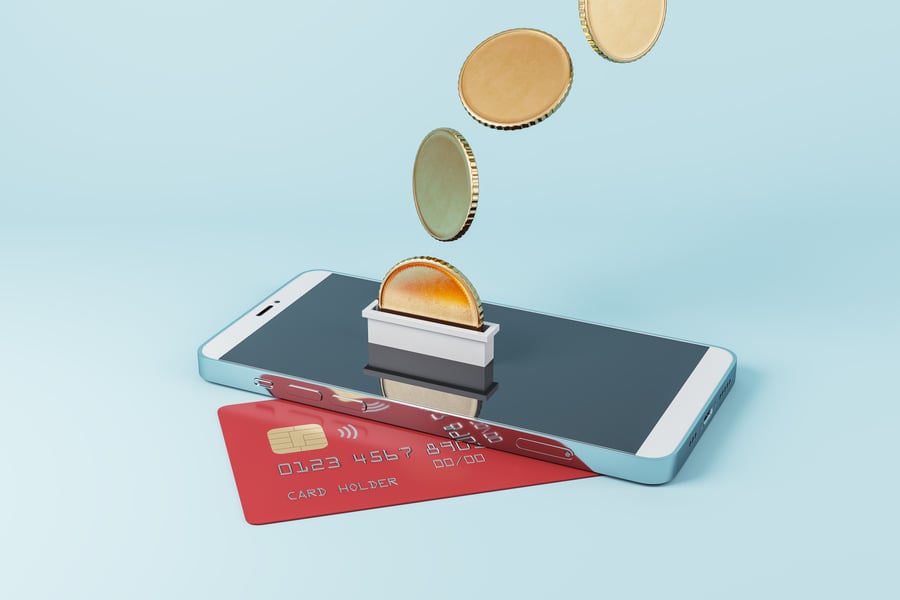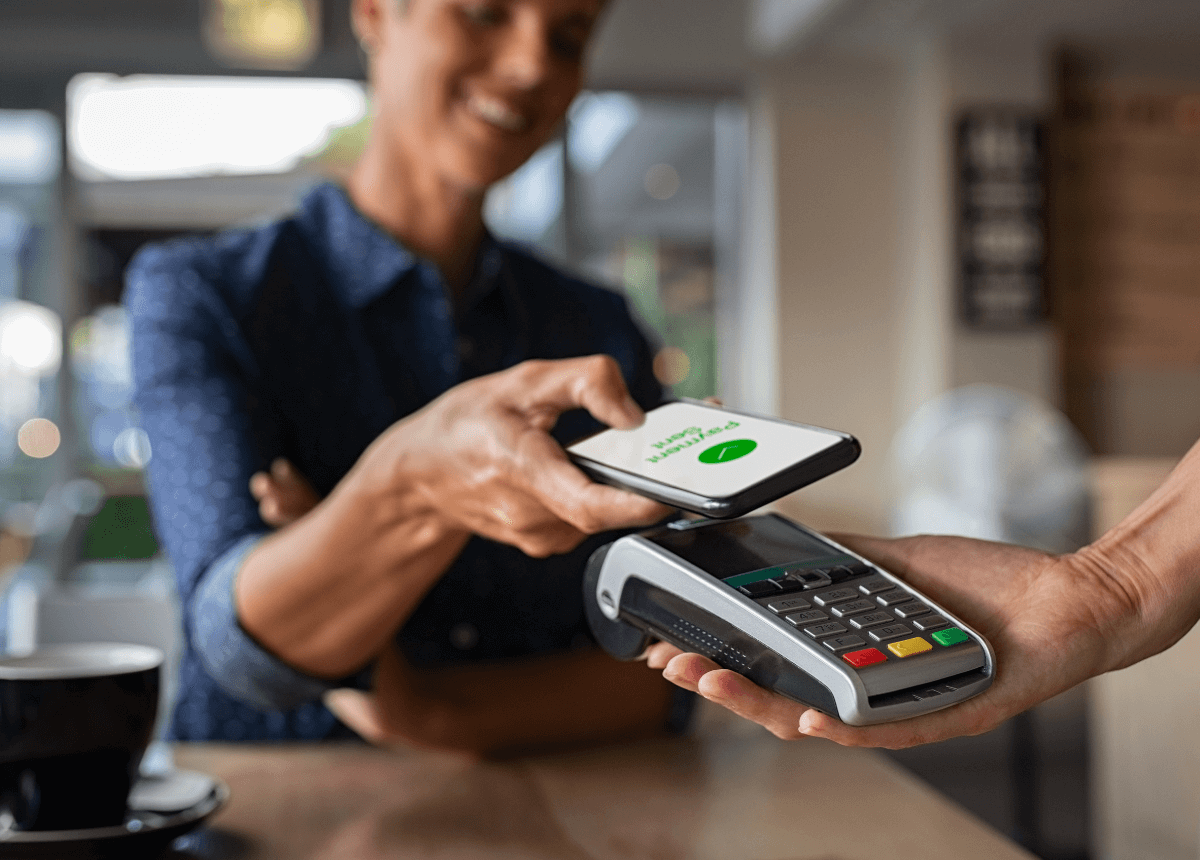Restaurants Have a Refund Problem
Restaurant
Restaurant chargeback fraud has made headlines in recent years, as beloved restaurants such as Spoon by H in Los Angeles have been forced to close due to refund fraud, and restaurants of all sizes have struggled with the burdens of ‘digital dine and dash.’
While retailers have long had a problem with refund abuse, the problem is more recent for restaurant operators. 10 years ago, restaurants had a low number of chargebacks, with one study putting it at less than 0.01% of transactions. In the past decade, refund abuse has dramatically grown alongside the rise of online ordering, with no signs of slowing.
According to Visa chief risk officer Paul Fabara, incidents of ‘friendly fraud’ are up anywhere from 20% to 30% in 2022 depending on the market, despite increased security measures from card issuers. With restaurants already dealing with challenges such as inflation, wage increases, and labor shortages, refund abuse and chargeback fraud provides extra pressure on already-thin margins.
In this article, we’ll discuss the rise of refund abuse in restaurants and the main reasons behind it, the difference between refunds and chargebacks, the main sources of refund fraud for restaurants, and what operators can do about the problem.
The Rise of Refund and Chargeback Abuse in Restaurants
Traditionally, restaurants never dealt with large numbers of chargebacks and refunds. If a customer was unhappy with their food, guests would talk to their server or a manager, who would usually apologize and comp the meal or offer a discount.
While online ordering, delivery, express pickup (BOPIS – buy online pickup in-store), and curbside had been steadily expanding for years, it massively accelerated during the COVID-19 pandemic (growing by a whopping 93% in 2020 alone). This acted as a major catalyst for restaurant chargebacks, which increased from 1 in 400 transactions to 1 in 100 since the start of the pandemic. While some of these may be for fair reasons related to miscommunications and delivery issues, it’s easy to see why fraud has grown as well.
Why Digital Channels Are Ripe for Refund Abuse
With online delivery pickup and delivery, customers place orders via a restaurant’s website or app, or through a third-party delivery service such as Uber Eats or DoorDash. The food is either picked up or handed over curbside or delivered by a restaurant’s driver or by a third-party delivery service. In many cases, the customer never sets foot in the restaurant and never interacts with restaurant employees. All payment is done online in a card-not-present transaction via a digital channel.
This process leads to increasing chargebacks and return fraud for three main reasons.
First, it’s easier for customers to initiate and justify chargebacks or refunds through an app, as opposed to speaking to a manager at an actual restaurant. They simply need to click a button, perhaps deal with a chatbot or customer service representative, but they never need to deal with the people making their food. It’s simply a matter of incentive; many customers may capitalize on the opportunity without thinking that what they’re doing is fraudulent.
The customer-first culture of restaurants, combined with the need to fulfill orders quickly, means that complaints are usually resolved quickly in favor of the customer. Because average order values are relatively low, transactions are less likely to be questioned and fraud is often less of a priority. However, these low value transactions can add up with high volumes due to the easy accessibility for both average opportunists and serious fraudsters.
Secondly, online ordering has led to a set of thriving new fraud schemes, such as account takeover attacks, which just weren’t possible in the days of cash and card-present transactions. We’ll discuss criminal fraud more below.
Finally, chargeback and refund claims are difficult to disprove. A customer can claim that the order was wrong, somebody else took the order, the order was never delivered, and the restaurant often can’t prove otherwise. Without proof, they may not know if the claim is true or not and cannot fight the chargeback or deny the refund. Efforts to fight these kinds of claims in e-commerce, such as taking a photo of the delivered package, do not translate well to restaurants, where orders are collected directly by the customer.
Three Types of Common Refund Fraud for Restaurants
Criminal fraud
While refund abuse happens at an individual level, it increasingly happens at a large, organized level, with a cottage industry of fraudsters taking advantage of security weaknesses in online ordering processes. Account takeovers are the most common, with fraudsters using credit card details or personal information bought on the dark web to access customer accounts on food delivery apps (both third-party marketplaces and in-house accounts), either manually or using bots. According to data from Sift, these account takeover attacks on delivery apps and major QSR and fast casual chains have increased 300% after the Covid pandemic.
These fraudsters often cover their tracks by using VPNs, voice-over-IP manipulation, and erasing cookie histories. With control of the victim’s account, fraudsters use social media, private messaging apps, the dark web, and cryptocurrency to sell meals to buyers, paid for with the victim’s account. Videos advertising such scams proliferate on TikTok and other social media, enabling less tech-savvy fraudsters to participate as well.
Friendly fraud
Friendly fraud, also known as chargeback fraud, happens when authorized credit card users deny legitimate charges to their credit card rather than first trying to obtain a refund from the merchant. The reasons for friendly fraud vary from customers who forgot they made a purchase, a household member unknowingly charging goods to the card, consumers not understanding the difference between a traditional return and a bank-issued refund, or in the worst-case scenario, people intentionally abusing loopholes in chargeback rules and denying a legitimate purchase.
Learn more about friendly fraud.
Refund request abuse
Like friendly fraud, a customer initiates a refund request, but rather than as a chargeback from the customer’s financial institution, they initiate either through the restaurant’s platform or the third-party delivery service.
With third-party delivery apps, restaurants don’t have a lot of control, as the app will make the decision based on their policy. Typically, the delivery app handles the refund, then deducts the cost from the restaurant’s next payout – eating into already-thin restaurant profit margins. Since fraud is a huge issue for delivery apps, they do take action to minimize refund abuse, and when the refund is due to the delivery and no fault of the restaurant, will typically bear the cost of the refund.
However, refund requests which come through proprietary channels can be a major source of margin erosion for restaurants without proper monitoring and policies in place. When a refund request comes in through a digital channel, the request will go either to a chatbot or a customer service representative, both of whom will often grant the request as a form of appeasement.
Chatbots programmed to automatically grant refund requests within a given set of parameters, or customer service representatives instructed to do the same, can easily be gamed by fraudsters. It's crucial for operators to both analyze broad trends and identify which customers are abusing policies in order to halt it at the account level, across all digital channels.
Ready to stop restaurant fraud and abuse in its tracks?
FAQ
What are chargebacks?
A credit or debit card chargeback is when money is returned to a customer who successfully disputes a credit or debit card transaction. In a chargeback, a customer goes straight to their bank or card issuer to dispute the charge and get a refund for an item, bypassing the business to reverse a card payment. Chargebacks may be fraudulent or non-fraudulent.
The bank or card issuer will investigate the request, and based on the information given by the cardholder, they will give the correct Reason Code to the request. If the chargeback is approved the money will be removed from the merchant’s account. The merchant will not have any say in the matter and will often only become aware of a chargeback once they have seen the funds removed from their account.
Refunds vs. chargebacks
While similar, refunds and chargebacks are different. With a refund, an authorized person such as a restaurant manager or associate, or a customer service representative (or even an automated chatbot), issues a refund at the request of the customer.
Chargebacks are a forced reversal of a transaction initiated by the bank and are more costly for restaurants. That’s because in addition to the lost transaction and product (which also happens during a refund), there are additional transaction and chargeback fees from the payment processor, which can lead to a chargeback costing more than the worth of the transaction in the first place. Further, banks typically have chargeback tolerances in place, which when exceeded, can threaten merchants’ relationships with their payment processors entirely.
While chargebacks are more costly, both refunds and chargebacks are ripe for abuse through digital channels.
How can I protect my restaurants from refund abuse?
Minimizing refund abuse requires a multi-pronged approach. Many steps can be taken at the associate level, from encouraging clear communication with customers, requiring customers to show ID when picking up food, documenting orders with photos, and more. However, when continually pressed for time and resources, operators can only do so much at the store level.
Agilence Analytics for restaurants can give you the oversight you need to identify refund fraud at the account level, by integrating various data sources and giving your analysts the tools they need to detect suspicious transactions and flag indicators of all types of fraud and abuse.
Learn more about improving your margins with an efficient restaurant loss prevention strategy.
Related Articles

Retail Return Fraud and How to Stop It: The Ultimate Guide
According to the National Retail Federation, return fraud has ballooned into a $101 billion issue, affecting a staggering 13....
Loyalty Program Fraud: Why You Need to Track It and What It’s Costing You
Customer loyalty programs are nothing new for retailers and restaurants; they’re a time-tested strategy to engage customers a...
The Rising Threat of Contactless Payment Fraud
Merchants and customers want the same thing – a frictionless payment experience. Everyone from Walmart to city governments an...Subscribe to our blog
Receive free educational resources like exclusive reports, webinars, and industry thought leadership articles straight to your inbox.

